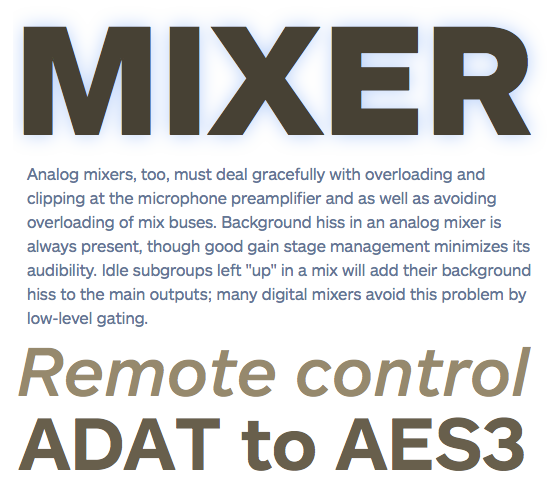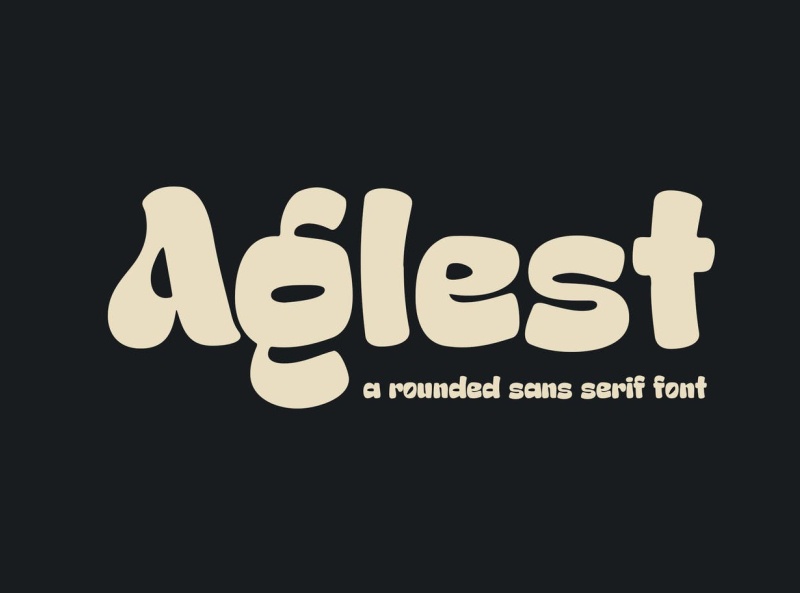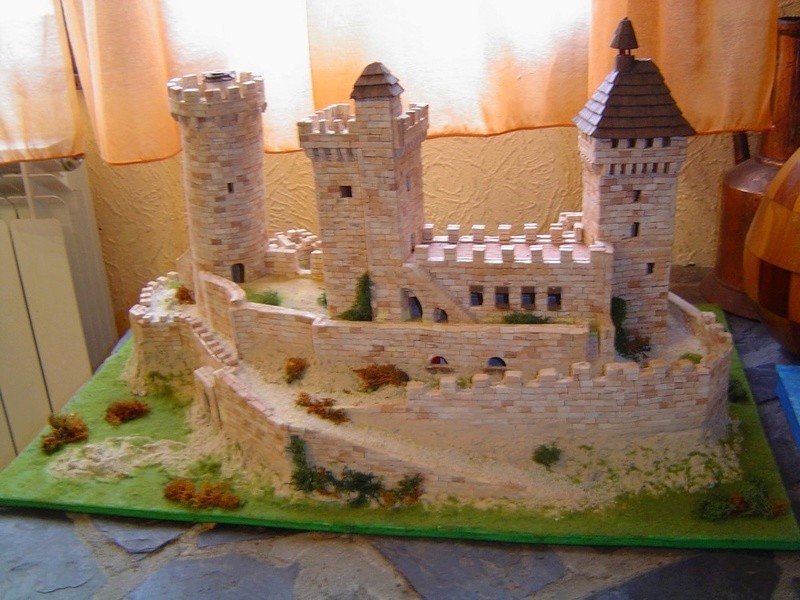

Worthen of the Des Moines Art Center, Grosman established an ethos of experimentation and “permission to fail.” 4 Leading artists of the period, including Jasper Johns, Robert Motherwell, Barnett Newman, and James Rosenquist, were drawn to the print shop, where, notes curator Amy N. ” 3 Grosman founded ULAE in 1957, and in the years that followed, her influential stewardship would help usher in what became known as the American print renaissance. Also evident is just how important the collaboration between artist and printmaker was in shaping these works-in particular the impact of her two most frequent collaborators: Grosman and Kenneth Tyler.įrankenthaler referred to Grosman as the “velvet sledgehammer,” she told Fine in 1993, “ because she had a will of iron and a grace and a generosity and a goal. 2 Nowhere is this more evident than in what has become her most celebrated body of printmaking, her woodcut prints, the subject of a recent, tightly focused survey, Helen Frankenthaler: Radical Beauty, curated by Jane Findlay at the Dulwich Picture Gallery in London (Septem–April 18, 2022).

“And of course,” she says firmly, “I was hooked,” delivering this as if it were a punchline to which her own shortsightedness was the joke.įrankenthaler’s engagement with what she called “the romance of learning a new medium” is testament to her ceaseless efforts to broaden her visual lexicon. It was Grace Hartigan and Larry Rivers who eventually talked her into going to ULAE, pleading with her to join them even after she had turned them down, she explains. I always admired Miró, but was more involved in his painting,” she continues, both qualifying her outlook at the time and gently chastising it. Printmaking seemed sort of passé, and things that Europeans such as Hartung made.

“I felt very much a painter, and that, that was my main and only concern. Yet there is also the unmistakable presence of surprise, as if the path that printmaking took her on after her first visit to Grosman’s Universal Limited Art Editions (ULAE) in West Islip, New York, in 1961, was still somewhat unbelievable to her. 1 In the audio recording of their public conversation, which took place on the occasion of Helen Frankenthaler: Prints at the National Gallery of Art, Washington, DC (April 18 –September 6, 1993), her voice is sharp and her words are considered. “I really had to be convinced to enter into the whole Tatyana Grosman experience in the first place,” recalled Helen Frankenthaler in 1993, speaking to curator Ruth Fine about her foray into printmaking.


 0 kommentar(er)
0 kommentar(er)
